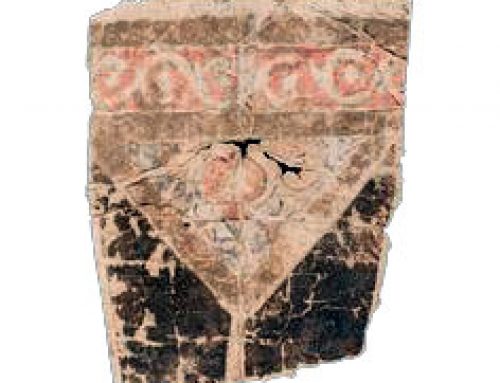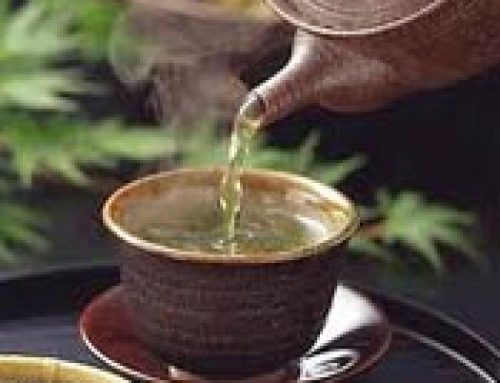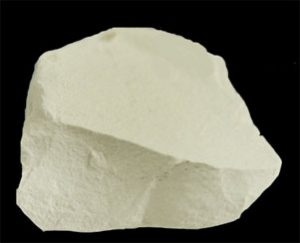
A chunk of kaolin clay
Kaolin clay and porcelain
What is clay?
Clay, sand, and loam
The element aluminum
What is porcelain?
Feldspar
What is feldspar?
What is porcelain?
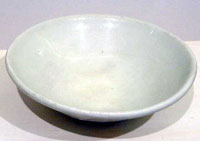
A T’ang Dynasty porcelain bowl
People dig up kaolin clay from under the ground. They mix it with water and use it to make porcelain. Porcelain is a kind of pottery that is very white and glassy. It is so glassy that light shines right through it.
Where does porcelain come from?
Even though there is plenty of kaolin clay in North America and South America, Europe, West Asia, and India, at first, in the 500s AD, the only place where people knew how to make porcelain was China.
Chinese Sui Dynasty porcelain
T’ang Dynasty pottery
All our China articles
Everywhere else in the world people had to buy their porcelain from China, and it was very expensive. That’s why potters in the Islamic Empire invented lead glazes – so they could make white cups that looked like porcelain but were much cheaper. Today we still use white glassy glazes on most of our dishes. And we still call fancy pottery “china.”
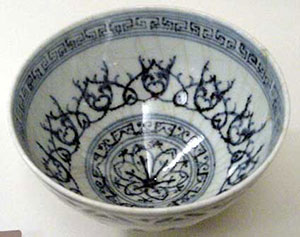
Ming Dynasty porcelain bowl
Kaolin in Europe
By the 1600s, Europeans were looking for ways to make and sell their own porcelain. Wasn’t there kaolin clay anywhere else? By the early 1700s, the King of Poland had gotten geologists to figure out where there was kaolin clay in Europe. He started up a porcelain factory at Meissen, in eastern Europe, soon followed by an Austro-Hungarian factory at Vienna.
Louis XV of France
Austria-Hungary in the 1700s
In the 1760s, King Louis XV of France started another porcelain factory at Sevres. These factories didn’t just sell porcelain to Europeans. They also exported hundreds of thousands of pieces of porcelain to the Ottoman Empire, the Safavid Empire, the Mughal Empire, and the growing colonies of the Americas.
More about clay
More about clay pottery
Bibliography and further reading about clay and pottery:



